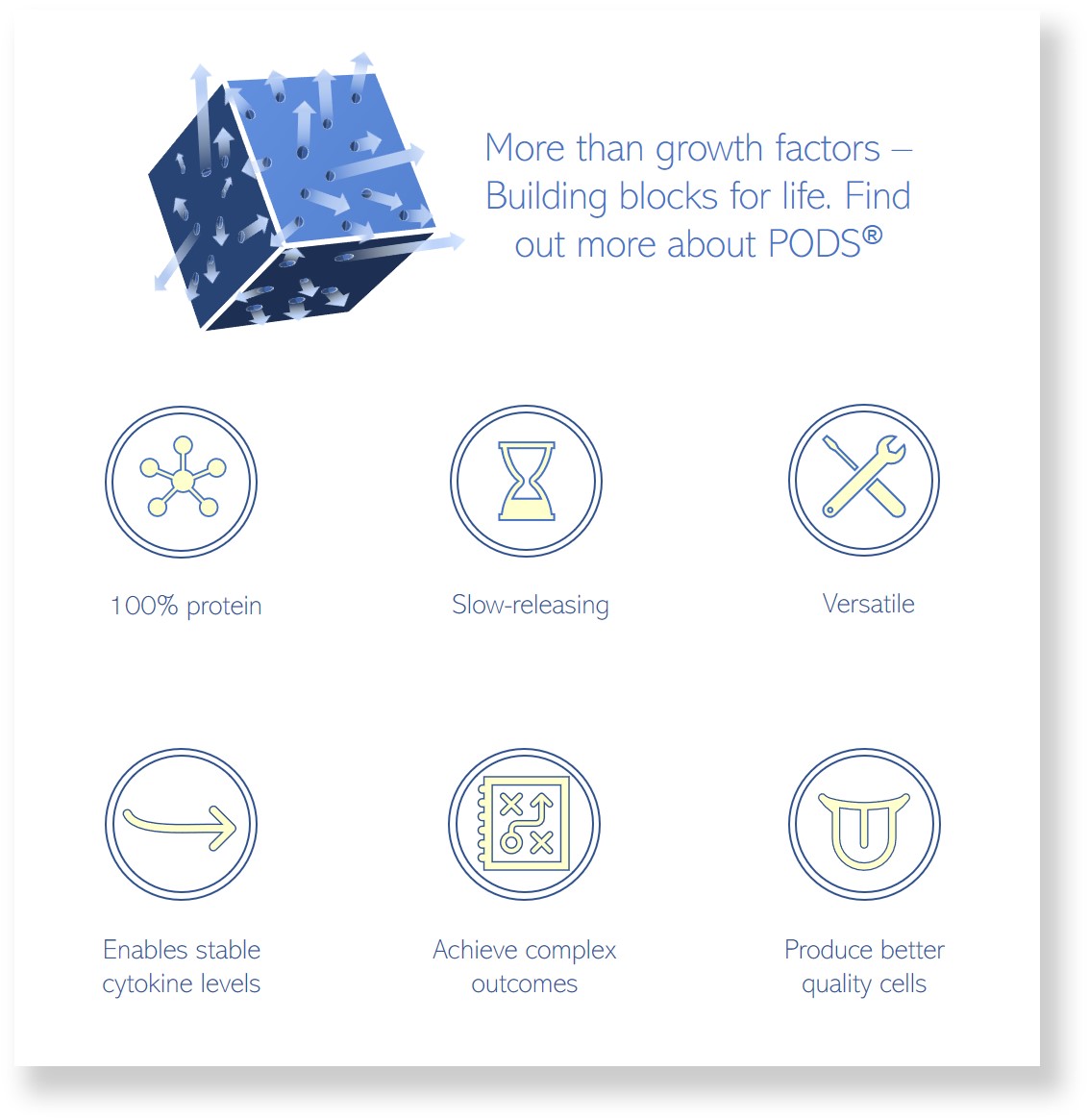Organoids II: rise of the assembloids

Rise of the Assembloids
The rapid growth of organoid research has been driven by their ability to improve in-vitro models of human disease, where they have greater relevance than traditional 2D cultures. Organoid models can be manufactured in large numbers for use in screening assays. Because human cells can be used, they can generate information that may be missing from animal models. Now, a new wave of innovation is leading to the development of a 2nd generation of ever-more complex organoids, known as assembloids, that will enable more powerful studies to be conducted within the confines of a culture dish allowing greater insights and reducing our reliance on animal models.
Organoids
Organoids are complex three-dimensional cellular structures that are developed in-vitro using primary cells or iPSCs as starting material. Given the right conditions, these progenitor cells spontaneously develop into miniature 3D organs.
Organoids have several key advantages over traditional 2D monoculture:
- Shape and Elasticity – organoids are not grown on a hard plastic surface which impacts phenotype. Cells more closely resemble in-vivo counterparts
- Longevity – organoids can survive for several years - allows mature cells closer to adult cell phenotype to develop. Since these are more representative of post-embryological tissue states, they are more relevant for the study of disease
- Complexity – a wider variety of cell types and complex interactions can develop
Organoids also have advantages over animal models:
- Lower cost
- Readily accessible to more labs
- More accurate representation of human tissue
- Amenable to high throughput screening
- Reduces the use of animals in research
Key limitations remain for organoids. One notable limitation is the lack of uniformity, which is essential for the development of repeatable, robust data sets, especially where small changes are being measured. A good assay system should be able to reliably detect earlier blog article.
Assembloids
A particular challenge for organoids is the modeling of complex interactions between cells derived from different lineages: Integrating vascular, immune or nerve cells will allow the creation of complex organoids that should more closely resemble in-vivo organs. Such integrated, complex structures, assembled from individual organoids, are termed assembloids.
Perhaps, more than any other organ in the human body, the human brain provides challenges to model with animals and organoids. This limitation has contributed to slow progress in the development of effective therapies to diseases of the CNS. The potential value of brain assembloids has driven the assembloid field.
Sergiu Pasca, based at Stanford University, is a pioneer in this emerging field is. His elegant assembloid models of the brain combine GABAergic and dopaminergic organoids. These are developed separately and then allowed to combine to develop assembloids which allow, for example, close monitoring of the guidance of axons and the saltations of astrocytes within the brain.
Assembloids are set to merge with human-on-a-chip technologies allowing brain organoids to innervate organoids from other organs each housed within discreet test chambers on a chip. Once robust technologies for long-range axonal guidance have been developed, it seems likely that a range of complex applications will be developed.
Bladder assembloids have also been developed by researchers at Postech in South Korea to model tissue regeneration and cancer.
As well as providing new models to unravel the workings of the brain and develop new therapies, it is hoped that large organoid and assembloid panels made up of humans with a diverse set of genetic backgrounds may generate models that are more accurate than animals in predicting drug response and toxicity in humans.
IMAGE: Bigstock

